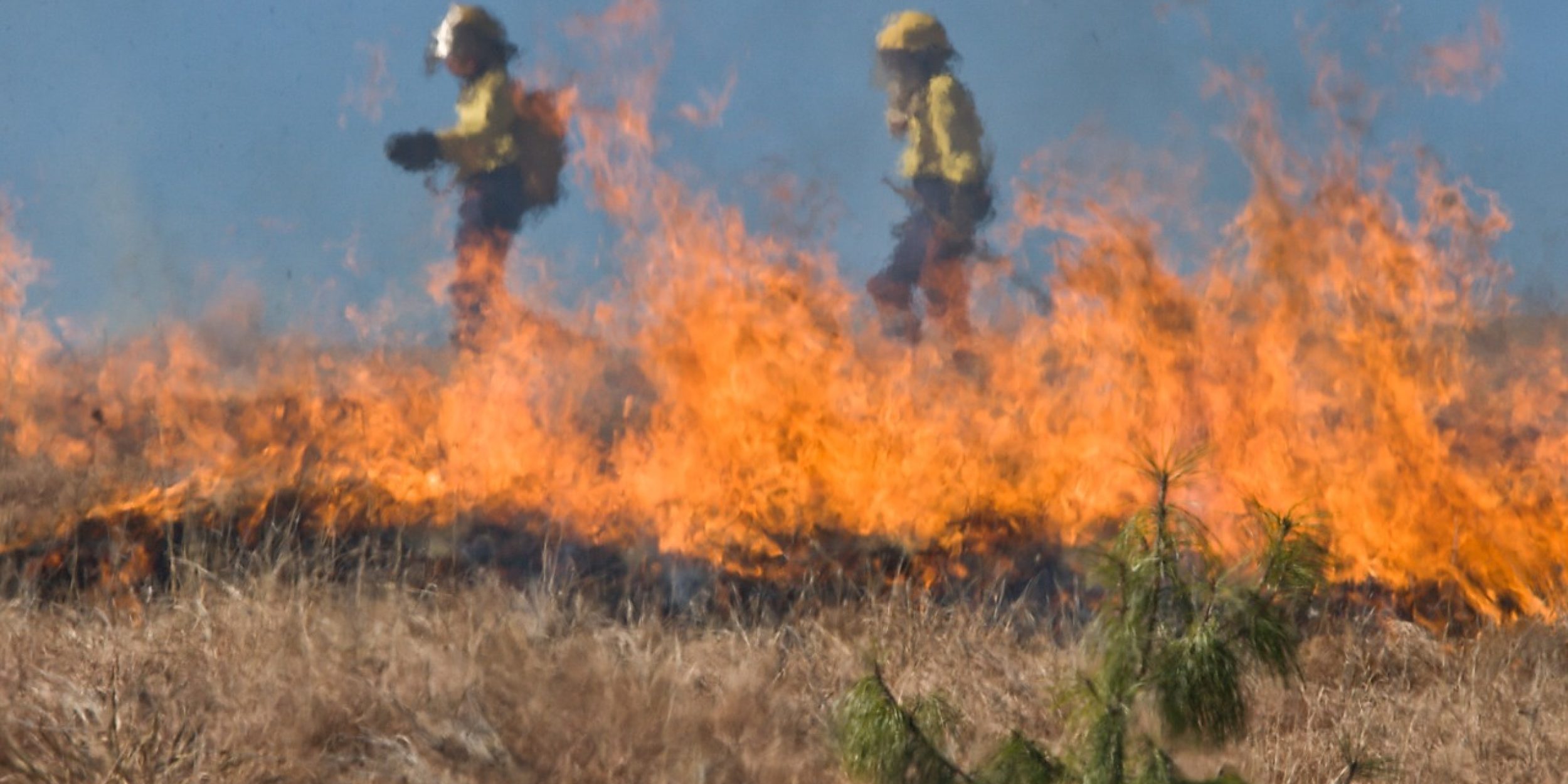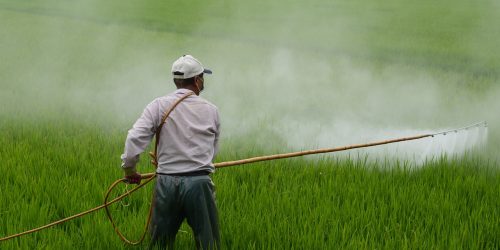Wildfire smoke is a common hazard for wildland firefighters who work long shifts under tough conditions. However, exactly how much smoke a firefighter is exposed to depends on their job task, wind speed and direction, where they are stationed, and more, according to a new study published in Environmental Science & Technology. Using data from a field campaign supported by CPO’s Atmospheric Chemistry, Carbon Cycle, & Climate (AC4) program, the study found that almost a fifth of exposures were above the recommended occupational exposure limit, suggesting wildland fire management should find strategies to reduce smoke exposures.
The study, led by the U.S. Forest Service (USFS), measured wildland firefighter exposure to smoke pollutants over the course of their daily work on large fires across the western United States. It also compared exposure concentrations across fire crew type (e.g. engines, helicopters, ground crews) and primary job tasks. Specifically, the researchers looked at two major health hazards in smoke: particulate matter (PM), which has been linked to respiratory diseases such as asthma, and volatile organic carbons (VOCs), such as benzene and formaldehyde, which have been linked to skin irritation, respiratory illness, and cancer.
USFS researchers combined their PM data with VOC data from the WE-CAN field campaign conducted in 2018 to estimate emission and exposure information for 81 firefighters in 22 fires across 9 states. AC4 contributed to the WE-CAN field campaign and supported the Colorado State University scientists who served as subject-matter-experts to the USFS in working with the VOC data.
Results show that firefighters who performed direct fire suppression had statistically higher exposures to smoke pollutants than those doing other tasks. Wildland firefighters in the Pacific Northwest had the highest exposure rates. Of the 81 samples collected, 19% of one type of PM exposures exceeded the recommended National Wildland Fire Coordinating Group occupational exposure limit.
The study encourages continued improvement in work practices to reduce exposure and protect wildland firefighter health over time.










